Continued from Taming Your Avalanche Dragon, published 17nov15.
Arrogance
There is a big difference between confidence and arrogance. A confident winter backcountry guide or enthusiast also has an ear to listening to other people’s input. There is a willingness on the part of the confident individual to welcome new information from anyone in the group. Conversely, a person with the arrogance dragon will say, “I am/know the best” and believe it. Paired with this belief — that we are the most skilled or qualified — is the complete inability to receive input from others. To us, there is only one way to do something, or the opinion we hold is the only one worth considering. We might scoff at other people’s ideas and mock them as substandard or stupid. Rooted in the arrogance dragon is the fear that we are not good enough and reject other input because we are too insecure to hear other perspectives.Keep making backcountry turns

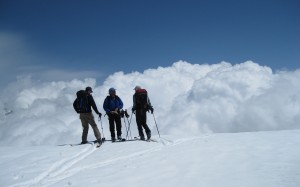
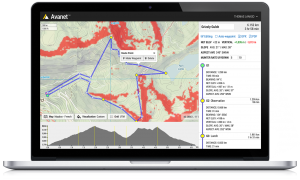
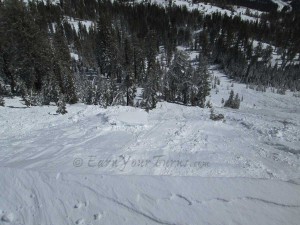
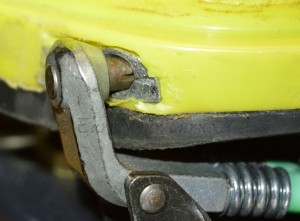
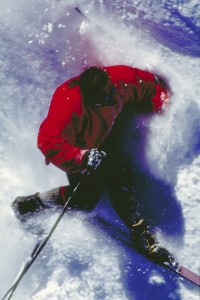

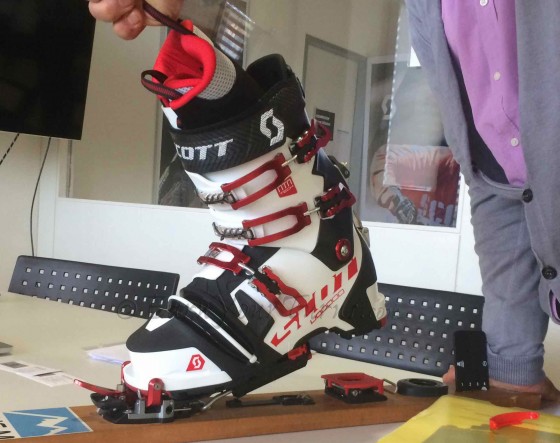
Recent Comments